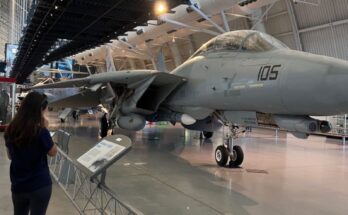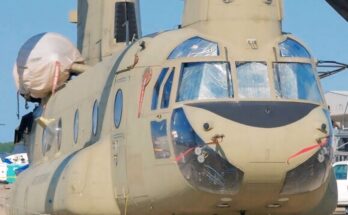
The F-35 Lightning II, developed by Lockheed Martin, is one of the most advanced fighter aircraft ever built. Its manufacturing process is a global effort that combines cutting-edge technology, precision engineering, and international collaboration. Designed as a fifth-generation stealth multirole fighter, the F-35 is produced in three variants: the F-35A conventional takeoff and landing version, the F-35B short takeoff and vertical landing version, and the F-35C carrier-based version. Each requires extraordinary precision in design and assembly, making the manufacturing process as remarkable as the aircraft itself.
Manufacturing begins with the production of the aircraft’s airframe. Lockheed Martin leads the final assembly at its facility in Fort Worth, Texas, but the program relies heavily on international partners. For example, Northrop Grumman builds the center fuselage, while BAE Systems produces the aft fuselage and tail section. The aircraft’s wings are manufactured in both the United States and Italy, reflecting the multinational nature of the project. These components are shipped to final assembly lines, where they are meticulously joined together. This modular approach allows multiple countries to share in the program’s economic benefits while maintaining consistent quality standards.
One of the most complex aspects of the F-35’s manufacturing is its stealth technology. The aircraft is designed with radar-absorbing materials and specialized coatings that minimize its detectability. These coatings must be applied with extreme accuracy, as even minor imperfections can compromise the jet’s stealth performance. Advanced robotics and precision machinery are used to ensure that each panel fits seamlessly, leaving no gaps that could reflect radar waves. Human technicians play a critical role as well, inspecting and finishing surfaces to meet the strict standards required for stealth operations.
The aircraft’s propulsion system adds another layer of complexity. Pratt & Whitney produces the F135 engine, a powerful turbofan capable of supersonic flight and, in the case of the F-35B, vertical lift. The short takeoff and vertical landing system involves a unique shaft-driven lift fan, roll posts, and swivel nozzle, requiring specialized manufacturing techniques. Integrating this propulsion system into the aircraft demands exact alignment and rigorous testing to ensure both safety and performance.
Electronics and software form the heart of the F-35’s capabilities. The jet integrates advanced avionics, sensors, and mission systems, all of which require careful assembly and testing. The Distributed Aperture System (DAS) and the Electro-Optical Targeting System (EOTS) are among the many sensors that provide pilots with 360-degree situational awareness. Manufacturing these components involves not only hardware production but also constant updates to millions of lines of software code. Ensuring compatibility and reliability requires extensive collaboration between engineers and technicians.
Once assembly is complete, each F-35 undergoes a series of tests before delivery. Structural integrity, stealth performance, engine function, and software reliability are all evaluated. The aircraft is then flight-tested to confirm that it meets operational requirements. Only after passing these rigorous checks is the jet delivered to the U.S. military or international partners.
In summary, the manufacturing of the F-35 Lightning II is a highly complex, multinational process that combines state-of-the-art materials, advanced engineering, and global collaboration. From stealth coatings to powerful engines and sophisticated avionics, every element is produced with precision to create one of the most capable fighter aircraft in the world today.


